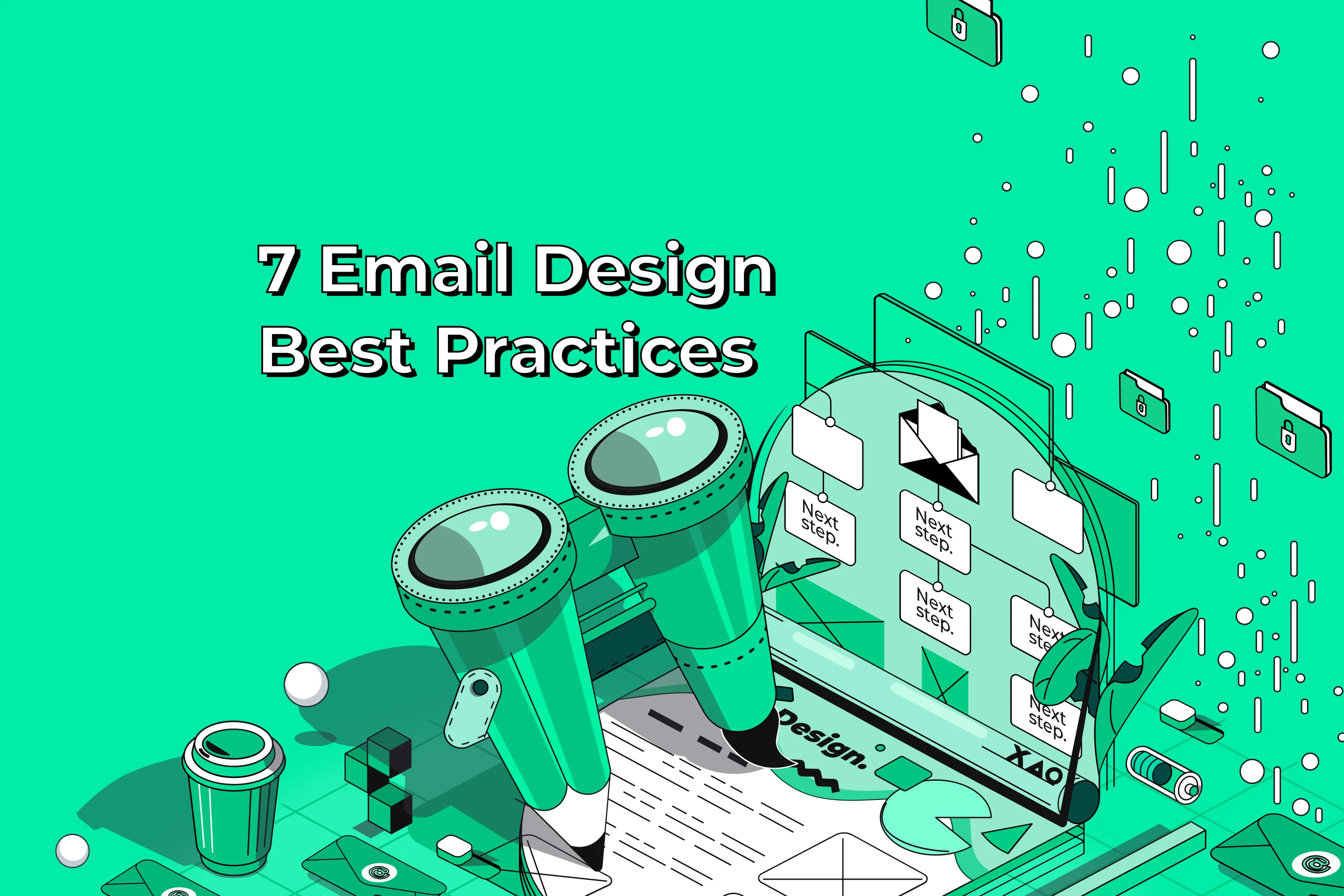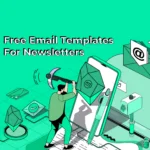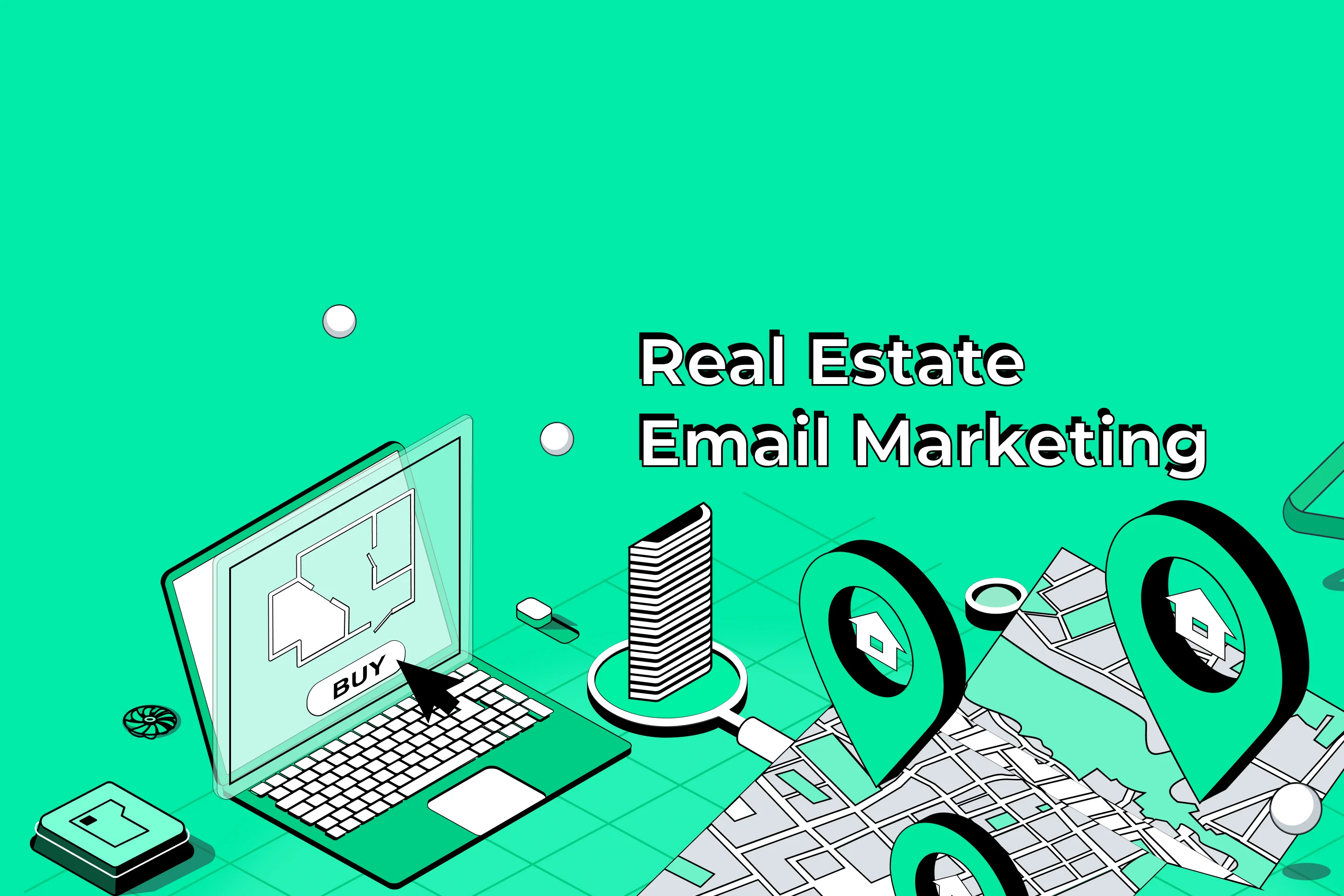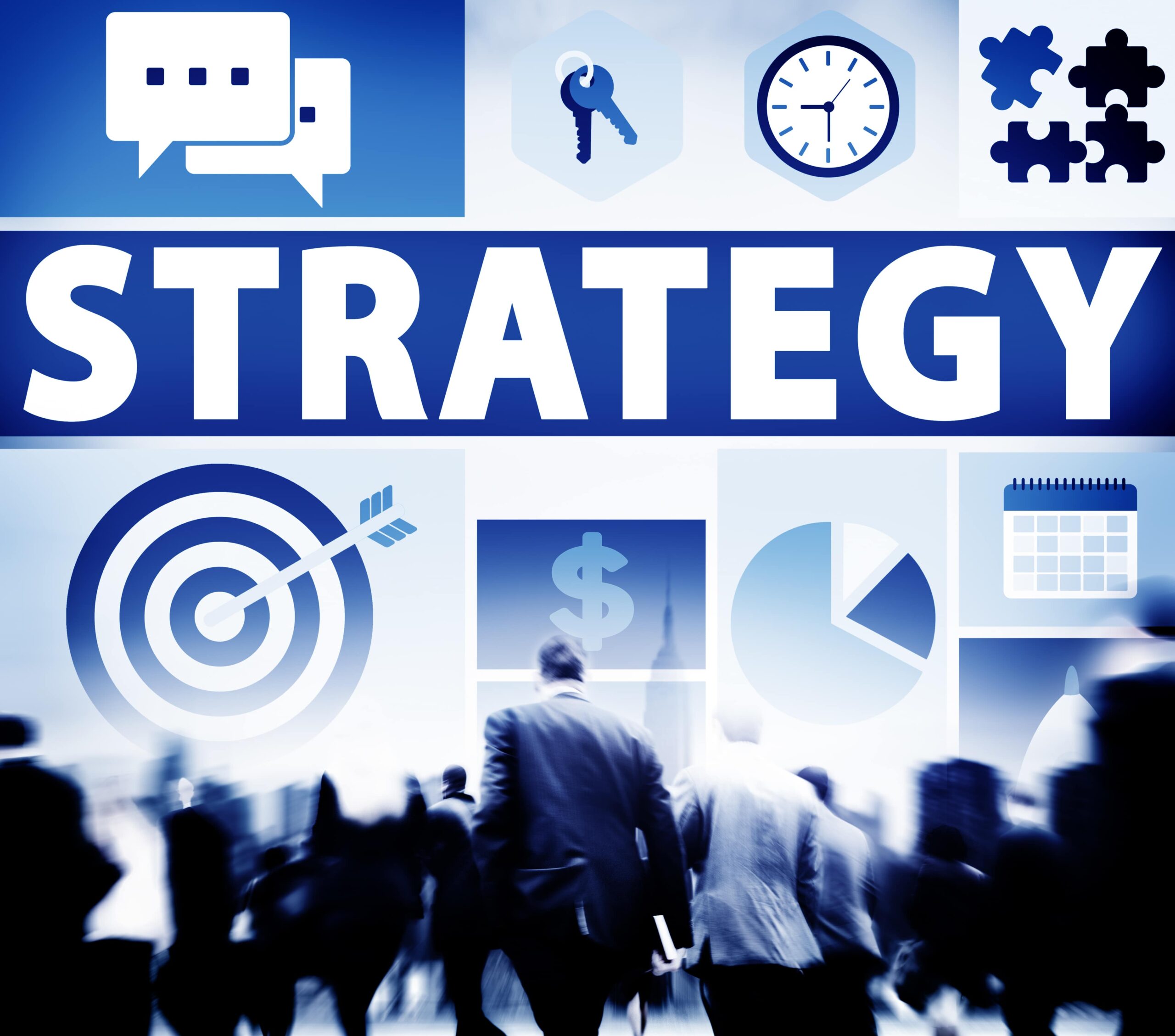7 Email Design Best Practices to Follow in 2022
Want to design awesome emails that convert like crazy but don’t know where to start? Well, guess what? This comprehensive guide has got you covered.
We’ll look into email design best practices to assist you in creating excellent emails that’ll stand out in the inboxes of your target audience. So, let’s get started.
What Is Email Design?
Email design is a strategic process of designing and creating emails that align with your business’s target audience. It’s all about customizing your emails to make them more engaging, especially for your current email subscribers and customers.
Why Is Email Design Important?
The overall number of email users is growing every day, and it is expected to hit 347.3 billion by 2023.
However, a lot of these emails go unread or even unopened. So, to make a difference in the email marketing world, you must know how to design email in the most effective way.
Content delivers vital information; however, design is the key element that lets your subscribers navigate the email’s content as you intend. Plus, a good email design grabs your readers’ attention and lures them in to keep reading the email once they open it.
7 Email Design Best Practices to Watch Out For
Let’s take a look at 7 email design best practices to create marketing campaigns that leave a mark on your subscribers.
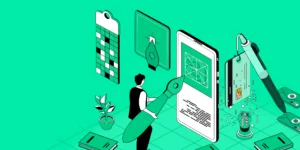
1- Nail your envelope content
Your email marketing basics should be on point because that counts a lot in the marketing world. Creating a gripping email copy is one thing, but if your envelope content misses the mark, you’ll be unable to engage your target audience, resulting in low conversion rates.
The envelope content of the email includes 3 essential elements: the sender’s name, a strong subject line, and a customized preheader.
Without them, your email doesn’t stand a chance in your customers’ inboxes.
Reinforce trust with the sender’s name
The sender’s name is a key element of email design. It plays a vital role when it comes to open rates and is arguably more crucial than the subject line. Why? Because it makes customers trust your brand.
The first thing that readers generally look at while scanning their inboxes is the sender’s name to identify spam emails.
And a great way to reinforce that trust is by coupling your brand name with the sender’s name. This allows you to personalize your company name with an employee’s first name. This proves to be an effective way to catch your customers’ attention on a more personal level.
Compose a compelling subject line
The subject line is a brief statement that piques your recipients’ interest. It is supposed to be concise to capture your readers’ attention so that they continue to read the email once they open it. Always remember that less is more!
According to research by Business 2 Community, 69% of email recipients report emails as spam based on the subject line.
Therefore, make it as informative as possible to highlight the most important information you want to convey upfront. Also, summarize email content for your recipients, so they know what they’re in for.
Customize your email’s preheader
Preheader is the third thing your recipients see. It is a short snippet of text that immediately comes after the subject line. It serves to add valuable context to your subject line.
Hence, it is crucial to customize it because the preheader and subject line work together to tell a story to your audience.
Don’t rewrite the first sentence of your email. Instead, customize the preheader text to give an inside look into what your recipients are about to see in your email.
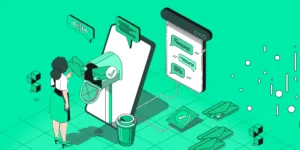
2- Employ visual hierarchy to design emails
Users tend to follow predictable patterns when it comes to engaging with content. Visual hierarchy serves to be an influential email design best practice your company can use in email layouts.
It is helpful in making your content easy to understand, as well as directing the readers to the key elements of your email.
Few tips on email layouts:
You can use multiple patterns to make your emails eye-catching. For example, the Z pattern is an efficient way to get customers to read through your email content. This strategy employs patterns of eye movement. As readers, we tend to read left to right and jump ahead with engaging content.
Nevertheless, whichever layout you choose, your content should be able to tell a compelling story and guide your subscribers toward the action you want them to take. To establish a powerful visual hierarchy, you can play around with multiple email design aspects like color, size, placement, contrast, and fonts.
Here are some tips for you to map out your content.
- Larger objects tend to catch people’s attention, so try to demonstrate key information through larger blocks, bigger fonts, and heavier weights.
- Begin your email with the most important information higher up on the page.
- For readers, contrast is a crucial element. Therefore, essential components like Call-To-Action (CTA) should stand prominently in the rest of your email.
- Organize your information concisely by separating sections with white space. This makes content easier to understand as the readers know where one section ends and the next starts.
Optimize CTAs
Personalized CTAs are a great way to boost click-through rates. For example, you can utilize a CTA to get your customers to follow you on different platforms like social media, your website, etc.
What’s more important is that your CTA text should be distinct, visible, and to the point. Plus, they should clearly depict why they’re valuable to click.
3- Make use of email templates
Not everyone has expertise in graphic design. Therefore, email templates let you create beautiful emails within no time.
These templates feature a drag and drop editor, which allows you to craft content without any knowledge of HTML. Just select a template and rearrange the design elements according to your preferences to add to the email copy.
It gives your content a professional look while speeding up the design process. Use responsive email templates, which automatically convert the content layout to be easily viewable on mobile, tablets, and desktops.
Focus on brand image
Now, take your template a step further and let your brand image shine through it. You can customize the email template according to your business needs and alter anything that’s inconsistent with your brand image, like background color, fonts, etc.
Furthermore, don’t just stick to the design features of the template. Make your email campaigns consistent in terms of design to cultivate a sense of reliability with your subscribers.
But how to make this possible? The answer is simple! Stick to a color scheme, heading structure, font, and a consistent email footer.
4- Don’t be afraid to use visual content
Incorporating quirky visual elements is the way to go! Because an email only with paragraphs of information is likely to decline the retention rate of your readers. It’s not a good thing for your business, right?
Try to add on-brand and engaging images, GIFs, videos, animations, etc., to split up the written content and give readers a memorable experience.
And to create that unique visual experience, don’t hesitate to use emojis. At first, emojis seem unprofessional and unnecessary. However, there remains a fair assumption that it’s helpful in many cases.
For instance, emojis in your email subject line and email copy are linked to better click-through rates. According to Experian’s report, using emojis in subject lines can increase your open rates by 45%.
Don’t forget to familiarize yourself with the meaning of specific emojis for marketing purposes.
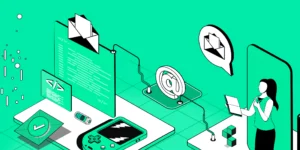
5- Utilize interactive content
What’s a powerful way to boost engagement? Interactive email design. It sets such an aura of your email, compelling subscribers to interact with the content without ever leaving your email unread.
You can use interactive email design elements like animated buttons and CTAs, search options, offer reveals, surveys, polls, and much more to reduce the barriers to engagement.
6- Use customer feedback
Let your customers have a say in your email content because people often trust peer recommendations over brands. So, consider customer feedback, product reviews, social media posts, and photos.
Incorporating customer feedback into your email is an effective way to reinforce your brand’s credibility. It allows you to tap into social proof, which bolsters brand reliability. User-generated content brings a two-way dialogue into your email campaigns that eventually humanize your brand.
7- Personalize every email
In 2022, marketers value H2H (human-to-human) marketing more than B2B and B2C marketing.
Personalizing one-to-one emails based on customer behavior is one of the biggest trends to follow in 2022. Tailoring content to individual needs results in the most dynamic, creative, and subscriber-relevant email design.
And what’s the best way to do this? Simply change the entire content sections dynamically based on your customer behavior and interests.
Conclusion
Designing emails becomes easy when you follow the tips on email design best practices. Luckily, this guide will help you in achieving all your marketing objectives and grow your customer base in 2022.







